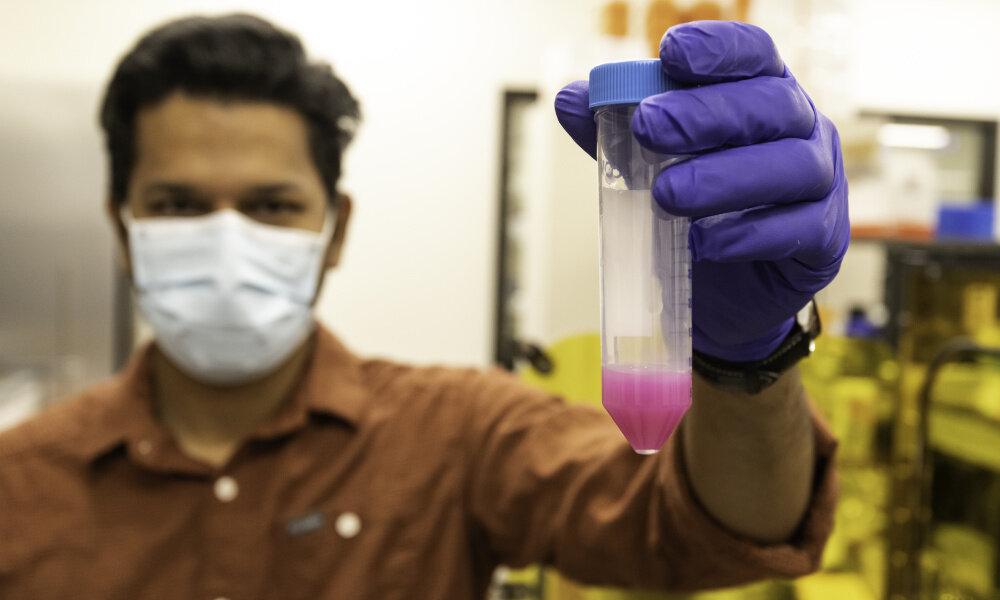Researchers develop novel 3D printing technique to engineer biofilms
Date: 3.12.2021
Anne S. Meyer, an associate professor of biology at the University of Rochester, and her collaborators at Delft University of Technology in the Netherlands recently developed a 3D printing technique to engineer and study biofilms – three-dimensional communities of microorganisms, such as bacteria, that adhere to surfaces.
 The research provides important information for creating synthetic materials and in developing drugs to fight the negative effects of biofilms.
The research provides important information for creating synthetic materials and in developing drugs to fight the negative effects of biofilms.
Biofilms can be both harmful and beneficial to humans: They can coat the surfaces of materials and objects – including medical devices – and cause infections, and they are resistant to many drugs and disinfectants. However, biofilms are able to degrade toxic chemicals and environmental pollutants, making them useful in areas such as wastewater treatment.
In their latest research, published in the journal ACS Synthetic Biology, Meyer and her colleagues show that engineered biofilms can behave like natural ones. The researchers developed a 3D printing technique that allows them to synthetically engineer and study biofilms made of Escherichia coli (E. coli) bacteria. The technique will allow researchers to better study the properties of biofilms so they can harness their beneficial aspects and combat their harmful effects.























